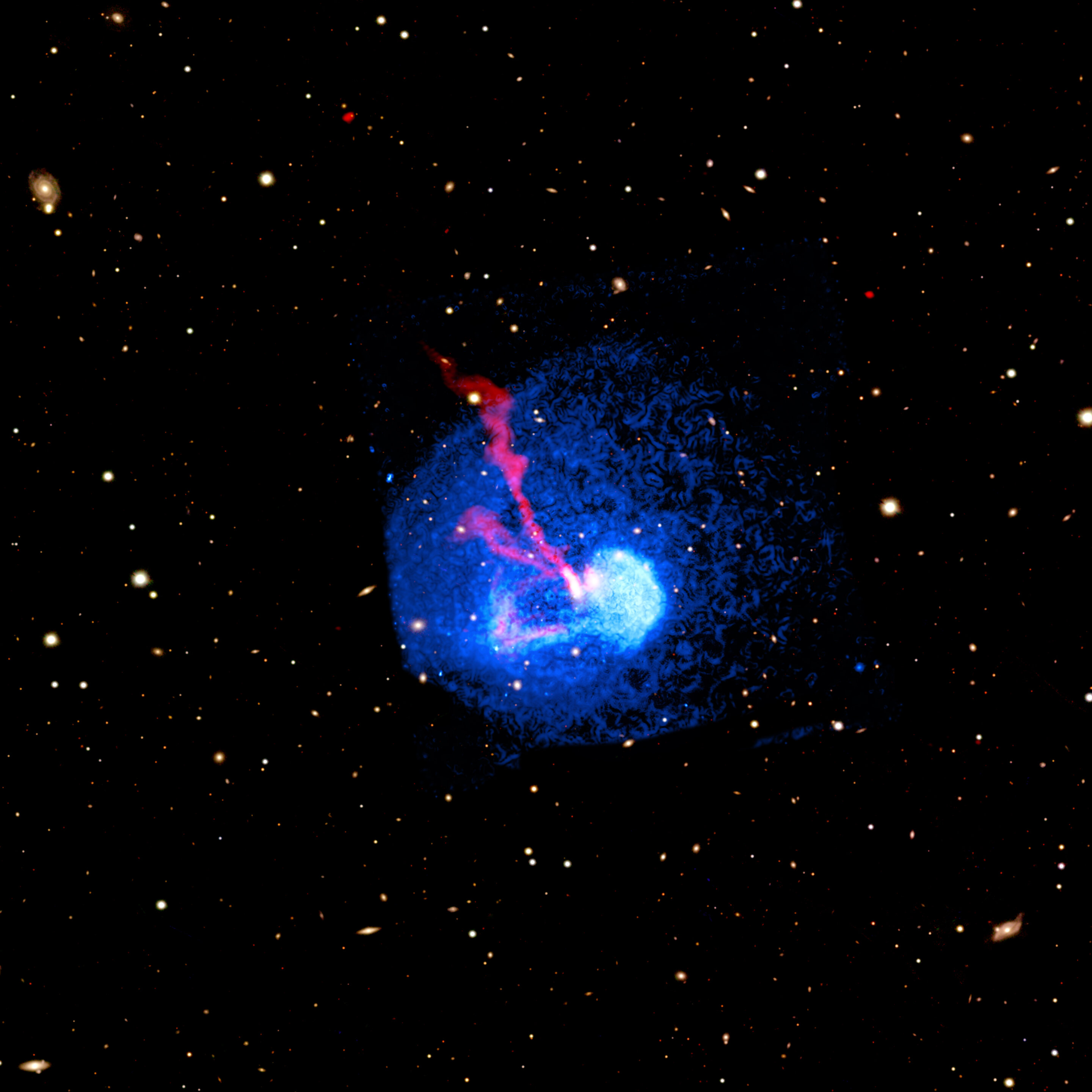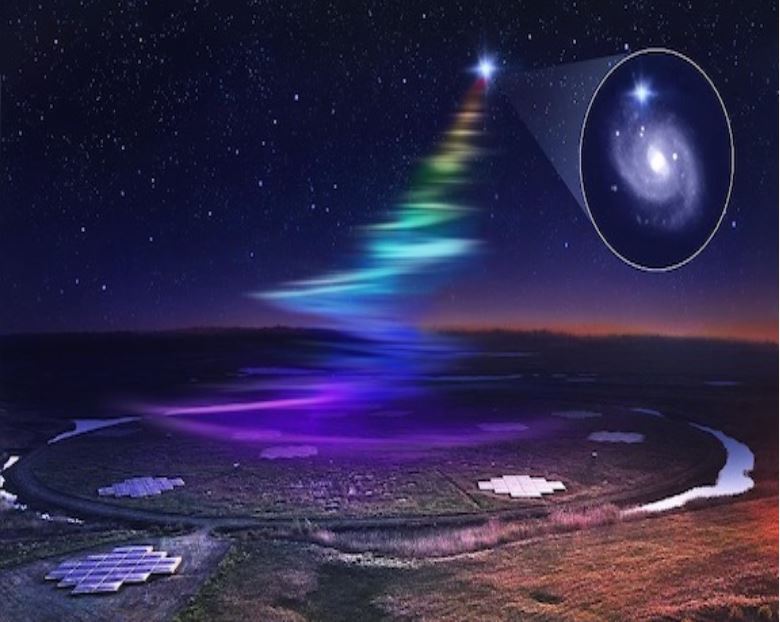
When the titans of space—galaxy clusters—collide, extraordinary things can happen. A new study using NASA’s Chandra X-ray Observatory examines the repercussions after two galaxy clusters clashed.
Galaxy clusters are the largest structures in the Universe held together by gravity, containing hundreds or even thousands of individual galaxies immersed in giant oceans of superheated gas. In galaxy clusters, the normal matter—like the atoms that make up the stars, planets, and everything on Earth—is primarily in the form of hot gas and stars. The mass of the hot gas between the galaxies is far greater than the mass of the stars in all of the galaxies...
Read More








Recent Comments